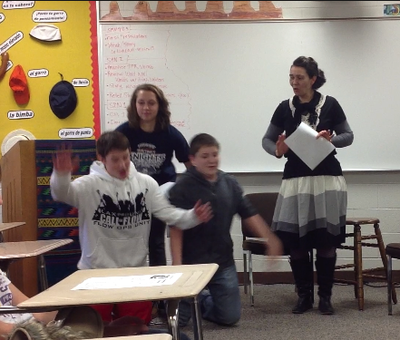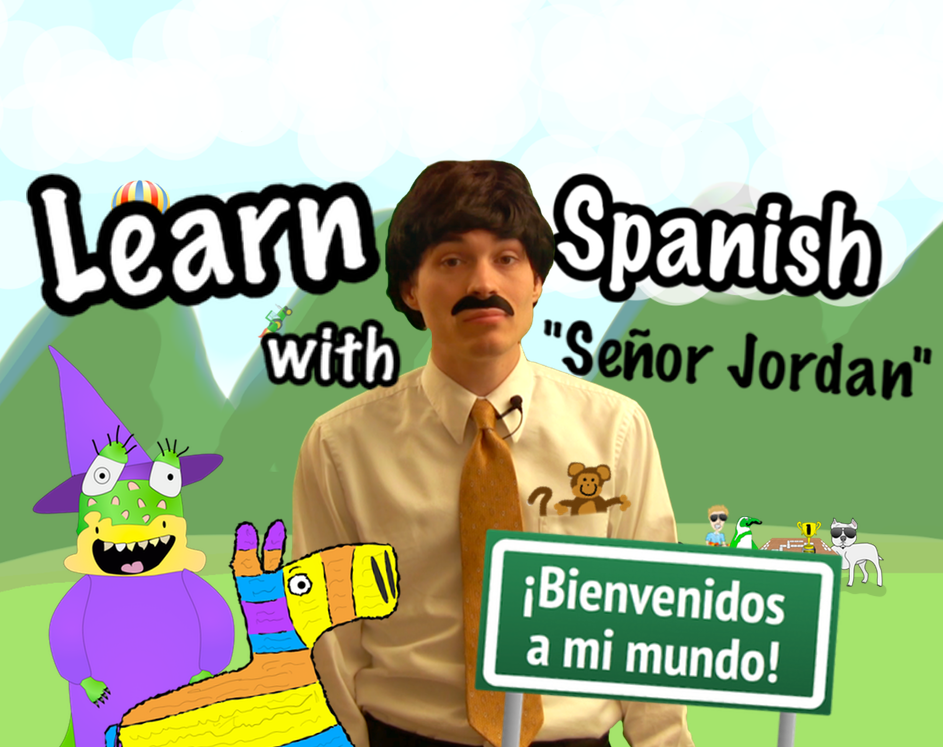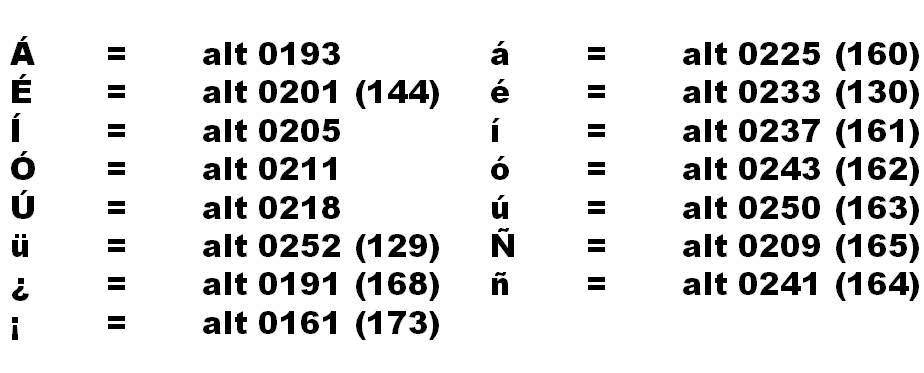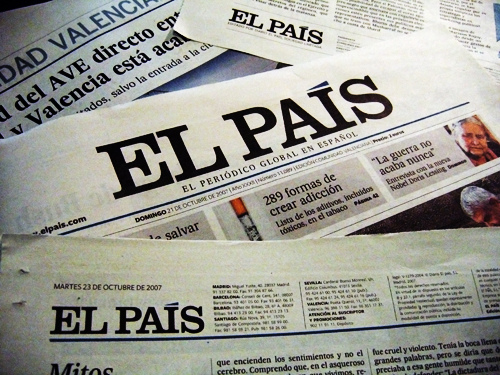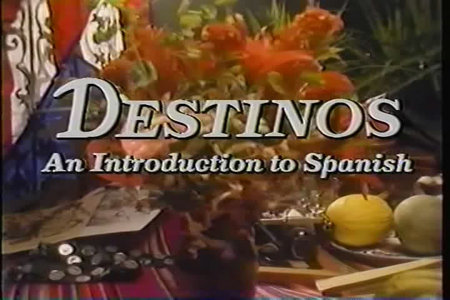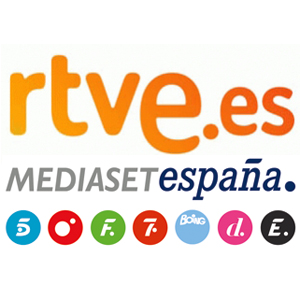
Melissa Robitaille
Norway Vulcan Area Schools
Spanish Teacher
La "Maestra" de Español
Norway, MI
ABOUT MY SPANISH CLASSES
How do different learners learn in my class?
My teaching reaches to a broad variety of learners targeting each individual learner whether they best learn through music, art, listening, movement, or sight (visual). Instructions are often provided both orally and in writing. Students are provided a vocabulary list both on and also handwrite the daily vocabulary into the vocabulary section of their class binder. While in class, we use this same vocabulary with many repetitions in context. We study music, culture and film. We also spend a significant amount of time reading in the classroom twice a week with SSR (Silent Sustained Reading) and FVR (Free and Voluntary Reading). Students are able to choose at what level they read at, and are offered various levels of Spanish reading content to choose from. There are also online enrichment opportunities for students who want to be challenged. One other aspect of Spanish language learning is the writing component. Students do regular timed writings to gauge their individual growth and improvements with the language, as well as to determine how are students able to express themselves.
How do students learn to speak Spanish?
Students learn through a method called TPRS which stands for Teaching Proficiency through Reading and Storytelling. Instead of learning foreign language through bringing home a textbook and a workbook, students learn through using both a text and hearing/using language in-context in the classroom. Instead of breaking language apart into singular words, it is now proven that students learn best when presented with language as a structure. This means we combine both a verb and a noun together that would allow students to almost instantly incorporate and apply this structure to a useful conversation. Also, instead of solely giving grammar-based lectures, we tend to address and explain grammar once it is put into an understandable context and also as it "pops up," or as it naturally evolves over the course of study. In this way, grammar is taught, but is isn't as much of a major focus.
Grading in High School Spanish Classes
In Spanish class we grade on standards based grading. This means that we evaluate students based on the main standards of foreign language learning. The great part about grading this way is it is easy to target which areas students are both strong and weak. From here, both assisting students in their weaker category and challenging students in their stronger category is confirmed through their grades. This way grades aren't solely based on one assignment that could make or break a student's entire quarter grade. As for extra credit, there may be a few opportunities for extra credit, but these opportunities aren't typically large enough to boost grades by the letter alone. Below is a breakdown of the grading system for each quarter / semester of the school year.
Listening Comprehension = 18.18%
Reading Comprehension = 18.18%
Writing Ability = 27.27%
Speaking Ability = 27.27%
Culture = 4.55%
Participation = 4.55%
How do I decide upon a grade? Watch this presentation to better understand standards based grading.
Technology Resources for Enrichment and Improving Fluency Outside the Classroom
Contact Information:
Email: [email protected]
Twitter: @MyStraRobe_i_Ty
With parental permission, students could create an account at: http://livemocha.com/ and potentially speak with
a native Spanish speaker
Norway Vulcan Area Schools
Spanish Teacher
La "Maestra" de Español
Norway, MI
ABOUT MY SPANISH CLASSES
How do different learners learn in my class?
My teaching reaches to a broad variety of learners targeting each individual learner whether they best learn through music, art, listening, movement, or sight (visual). Instructions are often provided both orally and in writing. Students are provided a vocabulary list both on and also handwrite the daily vocabulary into the vocabulary section of their class binder. While in class, we use this same vocabulary with many repetitions in context. We study music, culture and film. We also spend a significant amount of time reading in the classroom twice a week with SSR (Silent Sustained Reading) and FVR (Free and Voluntary Reading). Students are able to choose at what level they read at, and are offered various levels of Spanish reading content to choose from. There are also online enrichment opportunities for students who want to be challenged. One other aspect of Spanish language learning is the writing component. Students do regular timed writings to gauge their individual growth and improvements with the language, as well as to determine how are students able to express themselves.
How do students learn to speak Spanish?
Students learn through a method called TPRS which stands for Teaching Proficiency through Reading and Storytelling. Instead of learning foreign language through bringing home a textbook and a workbook, students learn through using both a text and hearing/using language in-context in the classroom. Instead of breaking language apart into singular words, it is now proven that students learn best when presented with language as a structure. This means we combine both a verb and a noun together that would allow students to almost instantly incorporate and apply this structure to a useful conversation. Also, instead of solely giving grammar-based lectures, we tend to address and explain grammar once it is put into an understandable context and also as it "pops up," or as it naturally evolves over the course of study. In this way, grammar is taught, but is isn't as much of a major focus.
Grading in High School Spanish Classes
In Spanish class we grade on standards based grading. This means that we evaluate students based on the main standards of foreign language learning. The great part about grading this way is it is easy to target which areas students are both strong and weak. From here, both assisting students in their weaker category and challenging students in their stronger category is confirmed through their grades. This way grades aren't solely based on one assignment that could make or break a student's entire quarter grade. As for extra credit, there may be a few opportunities for extra credit, but these opportunities aren't typically large enough to boost grades by the letter alone. Below is a breakdown of the grading system for each quarter / semester of the school year.
Listening Comprehension = 18.18%
Reading Comprehension = 18.18%
Writing Ability = 27.27%
Speaking Ability = 27.27%
Culture = 4.55%
Participation = 4.55%
How do I decide upon a grade? Watch this presentation to better understand standards based grading.
Technology Resources for Enrichment and Improving Fluency Outside the Classroom
- watching Spanish music videos
- listening to Spanish songs
- looking at news stories
- Practice class vocabulary on Quizlet
- Download the Duolingo App and practice Spanish basics
Contact Information:
Email: [email protected]
Twitter: @MyStraRobe_i_Ty
With parental permission, students could create an account at: http://livemocha.com/ and potentially speak with
a native Spanish speaker
Achievements:
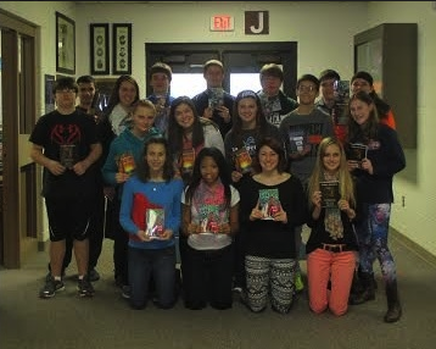
MARSP GRANT: In the fall of 2014, Mrs. "Maestra" Robitaille was awarded a $100 grant through MARSP to purchase Spanish novels for her Spanish level 3 and 4 classes. Students worked in groups of two or three and together chose which novel they wanted to read. After student groups read their novel of choice, each group produced a 'Book Trailer Short Film' to promote their elected book amongst future readers and other students studying Spanish.
my profile
I received my BS in Spanish Education from North Central College in Naperville, IL in 2007. This coming school year (2014-15) will be my 5th year of teaching. I am a creative, energetic, adventurous, and passionate teacher who believes in today’s youth as well as have a strong commitment to education. I enjoy teaching with the TPRS methodology and hope to also include some Project-Based Learning in the upcoming school year. I teach with TPRS (Total Physical Response Storytelling) because I believe that it is one of the best ways to deliver comprehensible input to foreign language learners. This year I am choosing to put more focus into teaching with Project-Based Learning because I believe it will challenge students to invest in what they are learning about, take greater responsibility for learning Spanish, and it will help them make the connection to the real world as well as better utilize their iPads for the purpose of learning.
Below are some links to articles that support my preferred teaching methods used in my classroom:
My interests outside of school include outdoor activities, sports, the arts and serving in my local church with my husband Mark.
I am excited to be part of the teaching staff at Norway-Vulcan Area Schools because I too share the vision in pursuing academic excellence, both in my personal career and also in helping my students achieve their personal best. I am delighted be part of such a progressive and excellent school district that is leading the way in educating kids. I enjoy cheering on my students both in and outside of my classroom, as well as the opportunity to continue to build lasting relationships with those who are well-invested in the Norway-Vulcan Area Schools.
As for my upbringing and education, I was raised to strive for excellence both in my education and career. During my own primary years of education between 4th -10th Grades, I attended school in Geneva, IL which is a school that has a tradition of excellence and ranks in the top 5% for the nation's top public schools. After 10th grade, I moved to a private school and completed my high school experience at The Chicago Academy School for the Arts, located downtown Chicago where I was able to balance my strong academics and develop my artistic talent simultaneously. To complete my education and prepare me as a Spanish teacher, I received my bachelor's degree with a major in Spanish and a minor in Education at North Central College, located in Naperville, IL.
My teaching experience includes teaching one year of ESL (English as a Second Language) in a middle school, where I taught Spanish-speaking students English. I also had two years experience teaching the native language of Potawatomi, while teaching in a tribal school. Finally, I landed in Norway, MI in the fall of 2013 where I have been able to begin my career as the one and only representative for the foreign language department, teaching Spanish with #KnightPride.
Academic excellence continues to be of great importance to me personally and wherever I go I believe in holding a strong standard for myself as well as doing whatever I can do to help others achieve their personal best. To be part of the teaching team at Norway Vulcan Area Schools feels like a great fit for me since this school district holds the bar for academic excellence as well. With my background in foreign language, arts and sports, it is my pleasure to contribute to the team of strong educators within the Norway Vulcan Area School District.
_________________________________________________________________________________________________________________________________________________
Below are some links to articles that support my preferred teaching methods used in my classroom:
- Comprehensible Input
- What is TPRS?
- Project-Based Learning Article
- Project Based Learning YouTube Video
My interests outside of school include outdoor activities, sports, the arts and serving in my local church with my husband Mark.
I am excited to be part of the teaching staff at Norway-Vulcan Area Schools because I too share the vision in pursuing academic excellence, both in my personal career and also in helping my students achieve their personal best. I am delighted be part of such a progressive and excellent school district that is leading the way in educating kids. I enjoy cheering on my students both in and outside of my classroom, as well as the opportunity to continue to build lasting relationships with those who are well-invested in the Norway-Vulcan Area Schools.
As for my upbringing and education, I was raised to strive for excellence both in my education and career. During my own primary years of education between 4th -10th Grades, I attended school in Geneva, IL which is a school that has a tradition of excellence and ranks in the top 5% for the nation's top public schools. After 10th grade, I moved to a private school and completed my high school experience at The Chicago Academy School for the Arts, located downtown Chicago where I was able to balance my strong academics and develop my artistic talent simultaneously. To complete my education and prepare me as a Spanish teacher, I received my bachelor's degree with a major in Spanish and a minor in Education at North Central College, located in Naperville, IL.
My teaching experience includes teaching one year of ESL (English as a Second Language) in a middle school, where I taught Spanish-speaking students English. I also had two years experience teaching the native language of Potawatomi, while teaching in a tribal school. Finally, I landed in Norway, MI in the fall of 2013 where I have been able to begin my career as the one and only representative for the foreign language department, teaching Spanish with #KnightPride.
Academic excellence continues to be of great importance to me personally and wherever I go I believe in holding a strong standard for myself as well as doing whatever I can do to help others achieve their personal best. To be part of the teaching team at Norway Vulcan Area Schools feels like a great fit for me since this school district holds the bar for academic excellence as well. With my background in foreign language, arts and sports, it is my pleasure to contribute to the team of strong educators within the Norway Vulcan Area School District.
_________________________________________________________________________________________________________________________________________________
Useful LINKS For the spanish classroom
____________________________________________________________________________________________________________________________________________________________________________________
| ||||||||||
|
|
|
|
|

